15 Rare Horse Breeds You Didn’t Know Are Facing Extinction From Habitat Loss
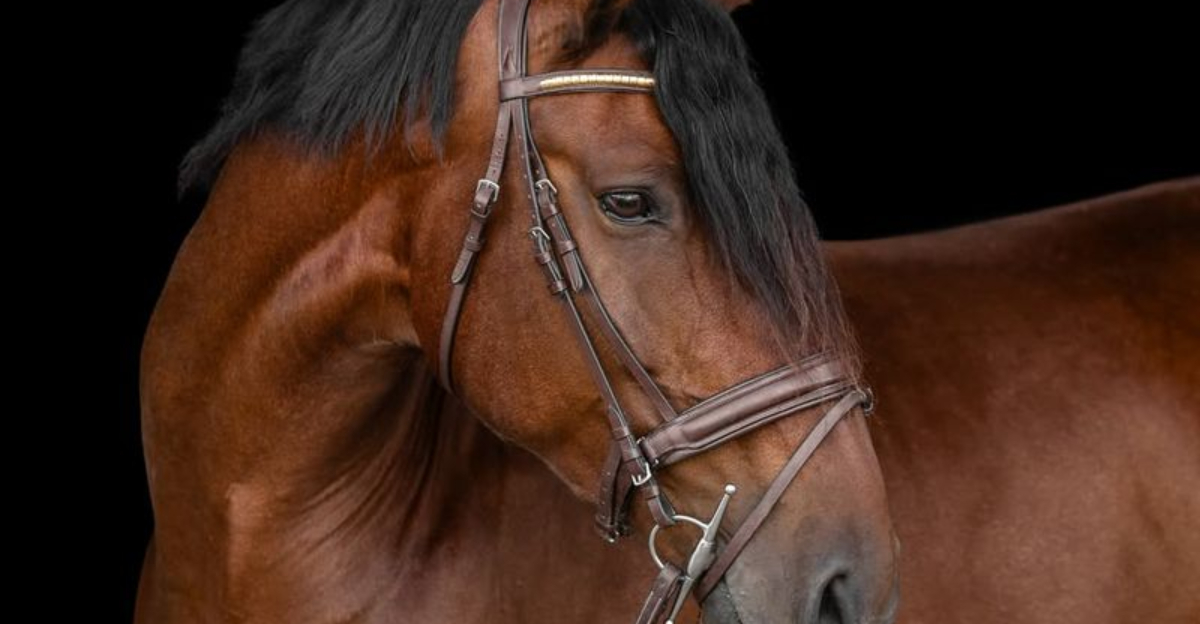
The equine world is full of majestic creatures, yet some of the most extraordinary horses are slipping through the cracks of history. Habitat loss is a pressing concern impacting numerous rare horse breeds, whose dwindling populations leave them at the brink of extinction.
These noble steeds, each with unique characteristics and stories, are often overshadowed by their more common counterparts. This list sheds light on such breeds, each fighting an uphill battle for survival.
From the remote islands to the vast deserts, these horses remind us of a world rich in diversity but also fraught with environmental challenges. Let’s embark on this journey to discover the rare breeds, their struggles, and how we can help preserve their legacy for future generations.
1. Sorraia Horse
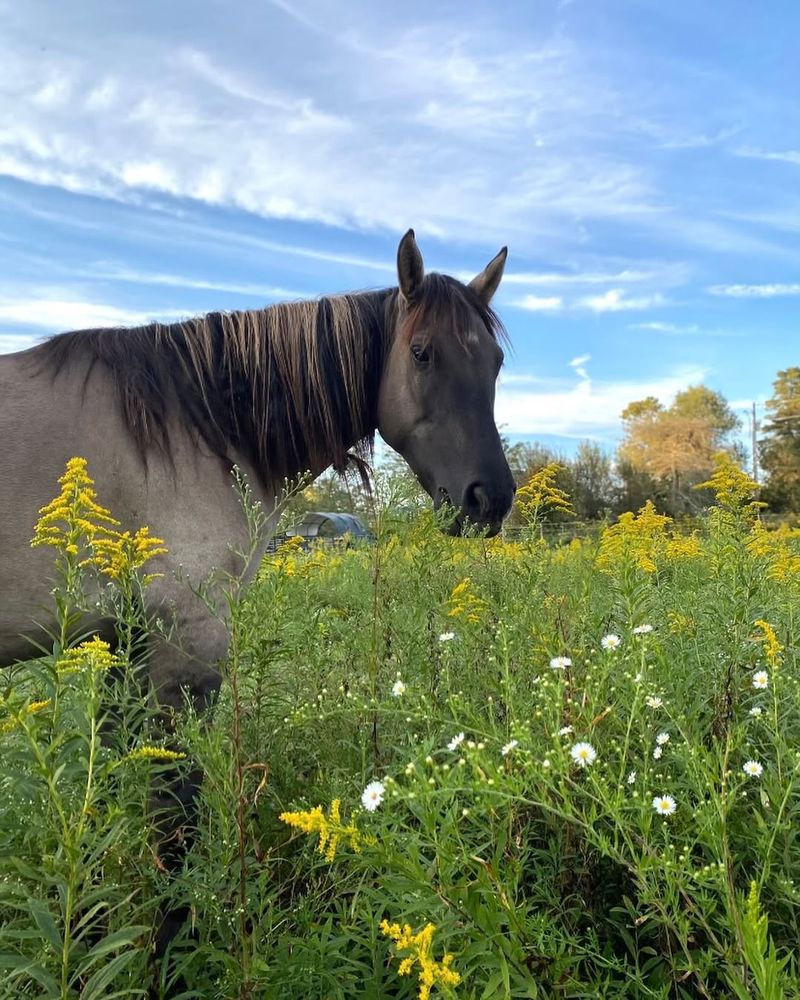
Originating from the Iberian Peninsula, the Sorraia horse is a sight to behold with its primitive markings and elegant stature.
These horses have a distinctive dorsal stripe and zebra-like patterns on their legs, making them stand out in any crowd. They are believed to be the ancestors of many European horse breeds. Unfortunately, the modern world has not been kind to them, with their natural habitats rapidly disappearing.
Conservationists are striving to protect these beautiful creatures, but their numbers remain alarmingly low. The Sorraia’s plight is a stark reminder of the importance of habitat preservation. Efforts are underway to maintain their populations through dedicated breeding programs, but success is far from guaranteed. These horses are not just a piece of history; they are living proof of nature’s incredible artistry. Preserving their lineage is crucial for maintaining genetic diversity in the horse world.
2. Caspian Horse
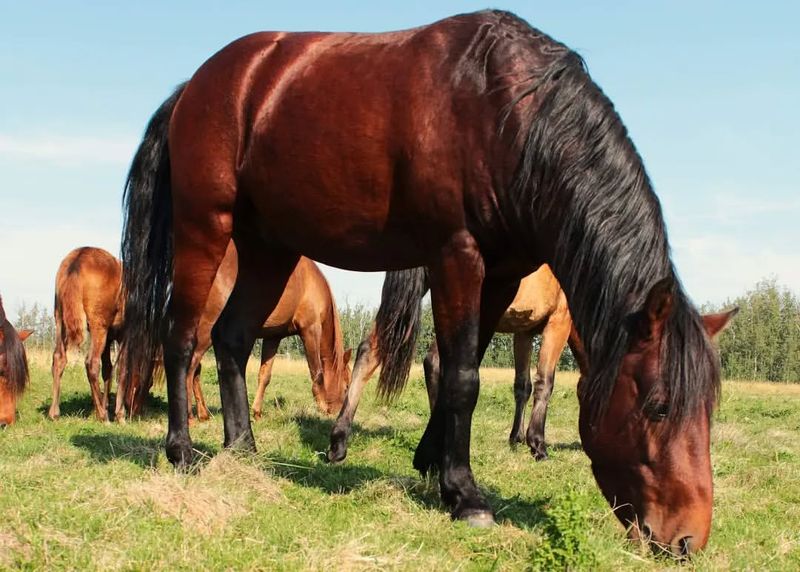
The Caspian horse, often considered the ‘small horse with a big heart,’ hails from Iran and boasts a rich history dating back thousands of years.
Despite their diminutive size, Caspians are known for their strength and agility, making them excellent companions and performers. However, the modern era has not been kind to them. Urbanization and agricultural expansion have significantly shrunk their natural habitats.
Conservation efforts are being made, but the Caspian horse remains perilously close to extinction. These horses are a testament to nature’s resilience, yet they need our help to survive. Protecting their environment and supporting breeding programs are essential steps to ensure their continued existence. The Caspian horse is a living relic, a reminder of a time long past, and preserving them is a duty we owe to future generations.
3. Cleveland Bay
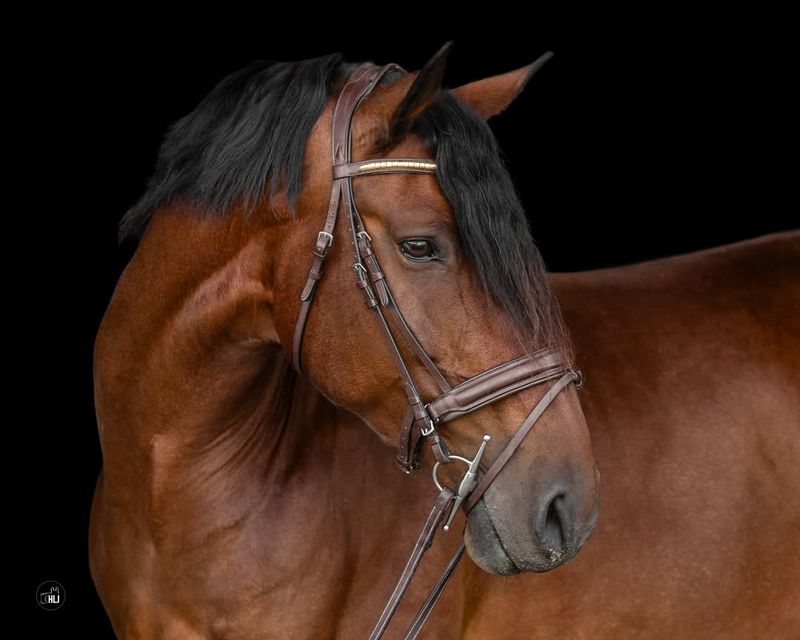
The Cleveland Bay, a British breed with a history as rich as a cup of Earl Grey, is facing the threat of extinction due to habitat loss and modern agricultural practices.
Renowned for their strength and versatility, these horses were once a staple in the English countryside, pulling carriages and plows with ease. Their striking bay color and regal presence made them a favorite among horse enthusiasts.
Today, however, Cleveland Bays are becoming increasingly rare. Their natural habitats have been encroached upon, leaving them with limited space to roam. Conservationists are working tirelessly to safeguard their future through dedicated breeding programs and habitat restoration. The Cleveland Bay is not just a horse; it is a symbol of British heritage and tradition. Ensuring their survival is essential to preserving a part of equestrian history.
4. Misaki Horse
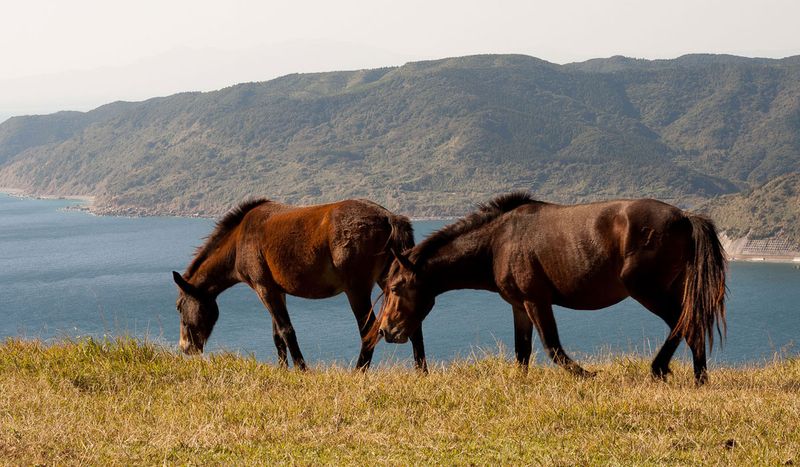
In the scenic landscapes of Cape Toi in Japan, the Misaki horse roams with an air of mystery and grace. These horses have called the rugged terrain of the Japanese coast home for centuries.
Known for their adaptability and endurance, Misaki horses are often seen as the guardians of the Japanese wilderness. However, their numbers are dwindling due to habitat encroachment and environmental changes.
Efforts are being made to protect these national treasures through conservation initiatives and public awareness campaigns. The Misaki horse is a symbol of Japan’s natural beauty, and their survival is crucial to maintaining the ecological balance of their habitat. Supporting these efforts is not just an obligation; it’s an opportunity to preserve a unique piece of Japan’s cultural and natural heritage. These horses are more than just animals; they are a testament to the nation’s resilience.
5. American Cream Draft
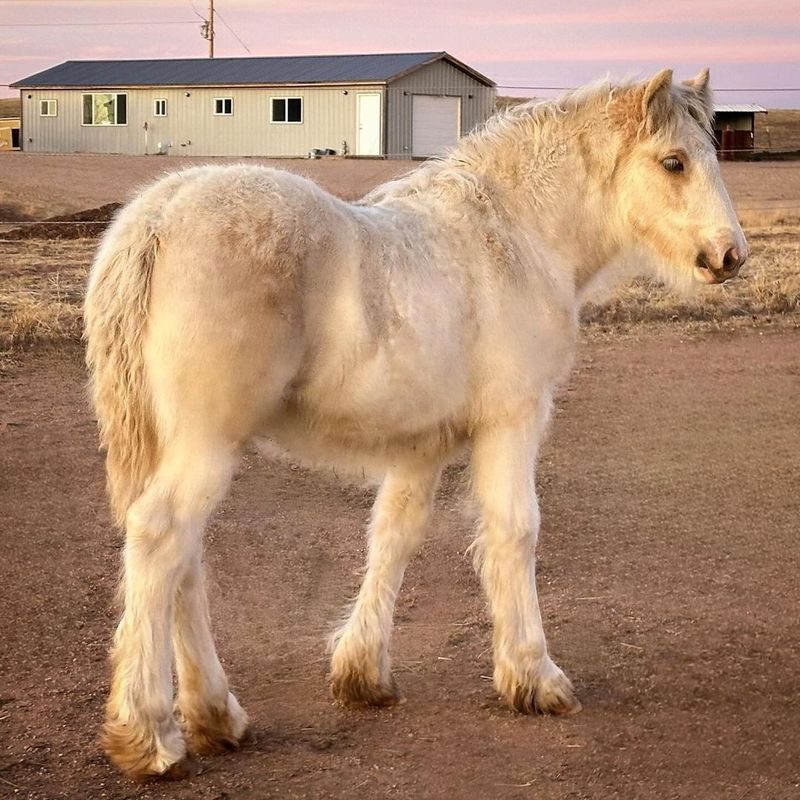
The American Cream Draft is as rare as finding a unicorn in your backyard, boasting a unique cream-colored coat that sets it apart from other draft horses.
Native to the United States, this breed has been a faithful worker on farms, known for its strength and gentle temperament. Unfortunately, the rise of industrial agriculture and changing landscapes have reduced their numbers significantly.
Conservationists are working to keep the spirit of the American Cream Draft alive through breeding programs and educational efforts. These horses are more than just work animals; they are a reminder of America’s agricultural past. By supporting conservation efforts, we can help ensure that future generations will also have the chance to witness the beauty of these magnificent creatures. The American Cream Draft is not just a horse; it’s a piece of Americana that deserves to be safeguarded.
6. Suffolk Punch
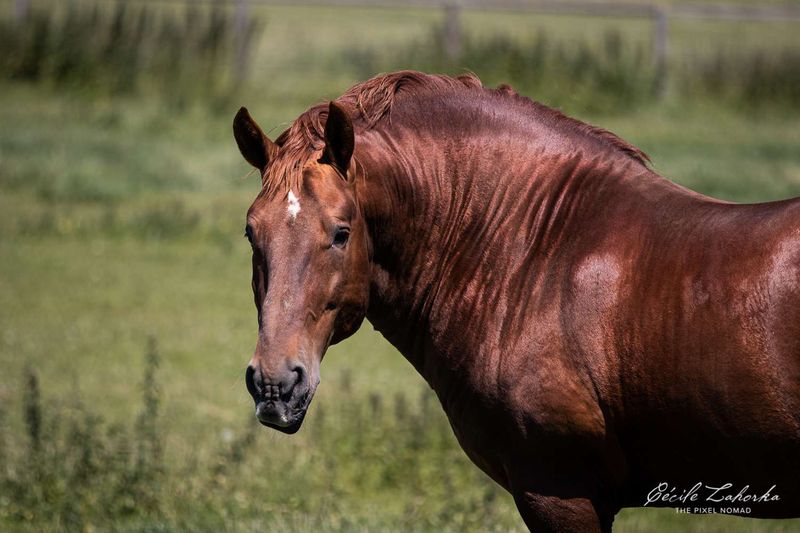
The Suffolk Punch is the equine equivalent of a gentle giant, known for its strength and work ethic. This breed has deep roots in England, where they have been indispensable in agriculture for centuries.
With their characteristic chestnut coat and sturdy build, Suffolk Punch horses were once a common sight in the fields. However, mechanization and urban encroachment have led to a sharp decline in their numbers.
Conservationists are striving to preserve this iconic breed through breeding programs and awareness campaigns. The Suffolk Punch is more than just a horse; it is a living testament to the agricultural history of England. Protecting these horses means preserving a way of life that is slowly disappearing. By supporting conservation efforts, we can ensure the Suffolk Punch remains a part of our world for generations to come.
7. Akhal-Teke
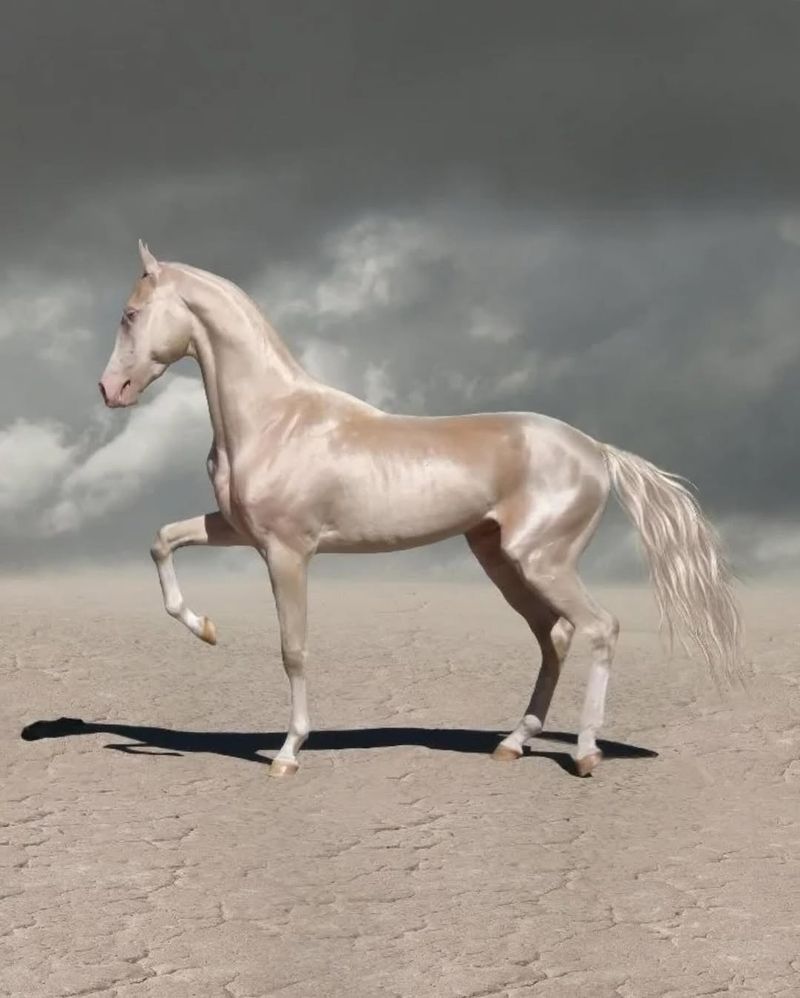
The Akhal-Teke, often referred to as the ‘golden horse,’ is a breed like no other, with a coat that shimmers in the sunlight. These horses hail from Turkmenistan, where they have been celebrated for their beauty and endurance.
Known for their unique metallic sheen and elegant build, Akhal-Tekes are prized possessions in the horse world. However, habitat loss and environmental changes threaten their existence.
Conservation efforts are critical to ensuring the survival of this extraordinary breed. By supporting habitat preservation and breeding initiatives, we can help keep the Akhal-Teke’s legacy alive. These horses are not only a marvel of nature but also cultural icons that embody the spirit and resilience of Turkmenistan’s people. Protecting them is not just an act of conservation; it’s an homage to a rich equine heritage.
8. Eriskay Pony
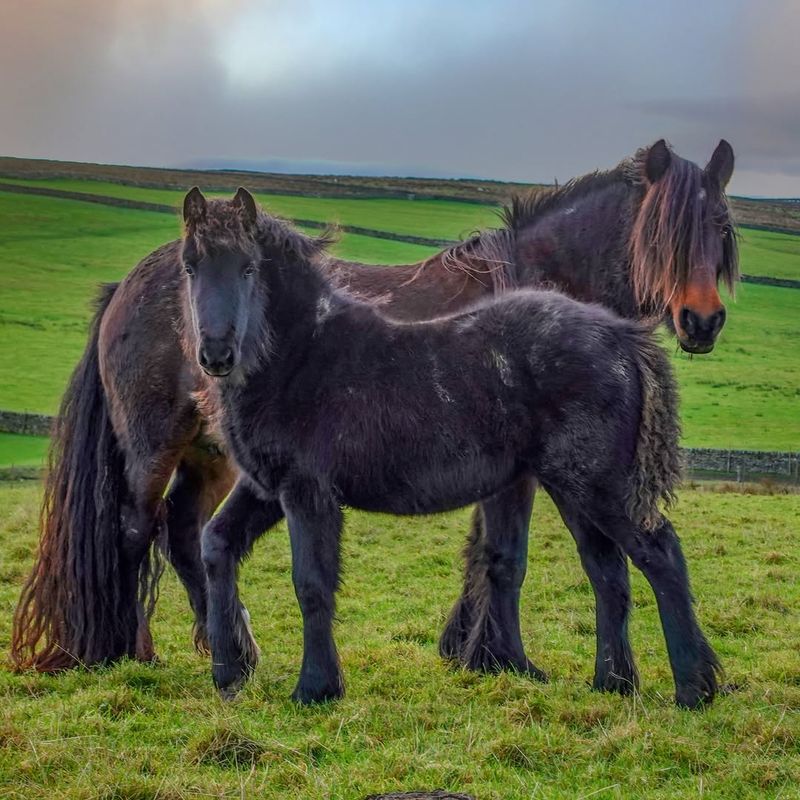
From the remote Scottish Hebrides comes the Eriskay Pony, a breed as rugged as the landscape it calls home. These small yet sturdy ponies have been a part of Scottish life for centuries, known for their resilience and hardiness.
Traditionally used for crofting and carrying goods, Eriskay Ponies are a vital part of the island’s cultural heritage. However, modern developments and habitat loss have put them at risk.
Conservationists are working to protect these ponies through breeding programs and habitat restoration. The Eriskay Pony is more than just a working animal; it is a symbol of Scotland’s natural and cultural legacy. Supporting conservation efforts is essential to ensure these ponies continue to thrive in their native habitat. By preserving them, we honor a rich history and contribute to the biodiversity of the British Isles.
9. Noriker Horse
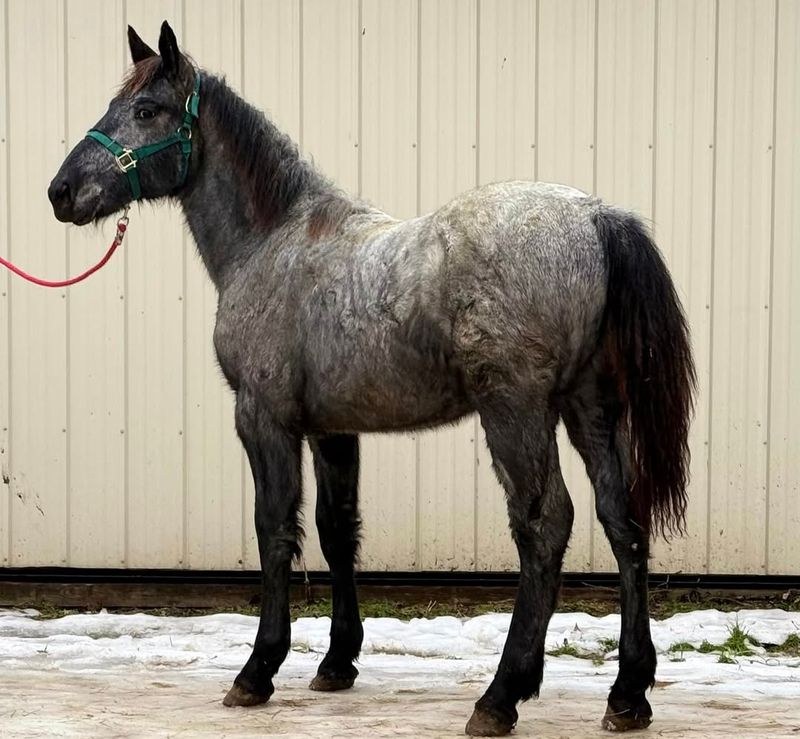
In the heart of the Austrian Alps, the Noriker horse stands as a symbol of strength and endurance. This breed, known for its power and versatility, has been an integral part of Alpine life for generations.
With their muscular build and surefootedness, Norikers have been used for everything from farming to forestry. However, modern advancements and habitat changes have threatened their existence.
Conservation efforts are focused on maintaining this breed through breeding programs and habitat protection. The Noriker is not just a horse; it is a living connection to the history and culture of the Alpine region. Protecting these horses ensures that their legacy continues and that the rich traditions of the past are not lost. By supporting conservation initiatives, we contribute to the preservation of a unique and vital part of European heritage.
10. Marwari Horse
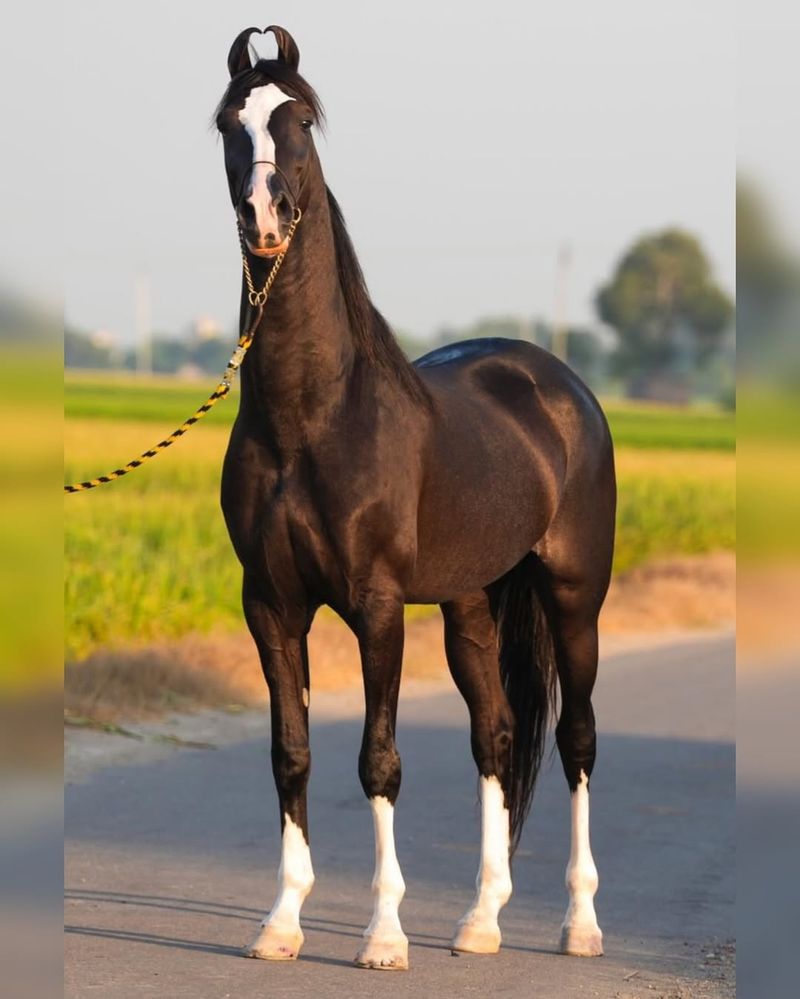
The Marwari horse, with its iconic inward-turning ears, is a breed steeped in the history and culture of Rajasthan, India. Known for their spirit and endurance, Marwari horses have been the pride of Indian royalty for centuries.
Despite their royal lineage, these horses face threats from habitat loss and modern agricultural practices. Their unique appearance and cultural significance make them treasures worth preserving.
Conservation efforts are underway to protect the Marwari through breeding programs and cultural initiatives. These horses are more than just steeds; they are a testament to India’s historical and cultural richness. By supporting their conservation, we ensure that future generations can appreciate the beauty and significance of the Marwari horse. Protecting them is an act of preserving a vibrant part of India’s heritage and a unique piece of the equestrian world.
11. Kiger Mustang
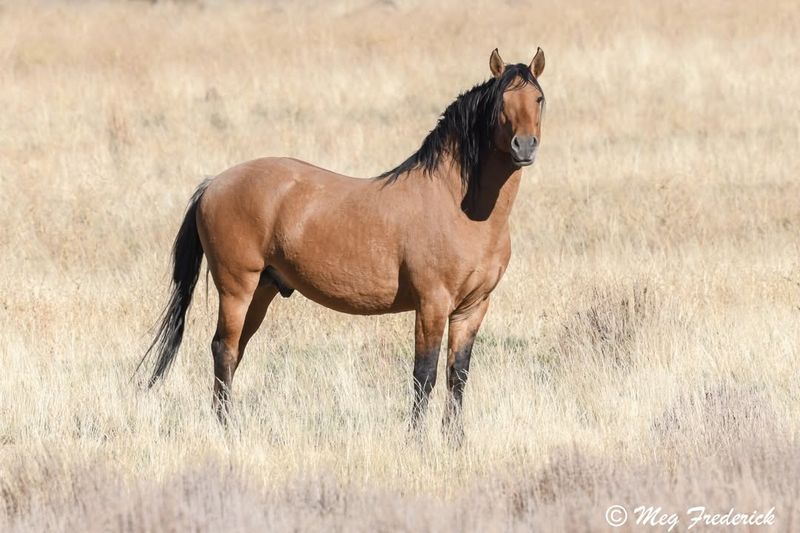
In the vast, untamed plains of Oregon, the Kiger Mustang roams as a symbol of wild American spirit. These horses, with their striking dun color and primitive markings, are direct descendants of Spanish horses brought to North America centuries ago.
Known for their hardiness and agility, Kiger Mustangs are an integral part of the American West. However, habitat loss and competition for resources have put their populations at risk.
Conservation efforts are being made to protect these wild horses through sanctuaries and public awareness campaigns. The Kiger Mustang is not just a horse; it is a living emblem of freedom and the untamed beauty of nature. By supporting conservation efforts, we preserve a piece of American heritage and ensure these majestic creatures continue to roam the plains for generations to come.
12. Camarillo White Horse
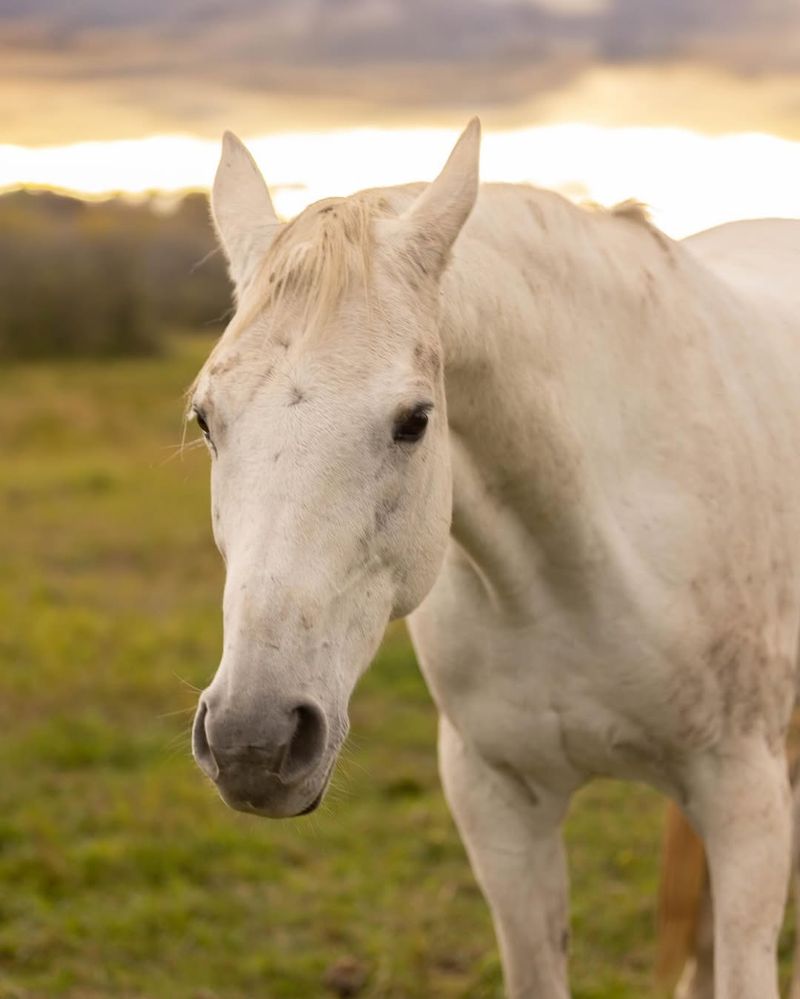
The Camarillo White Horse, as rare as a snowflake in summer, is a breed known for its striking pure white coat. Developed in California over a century ago, these horses have become synonymous with elegance and grace.
The Camarillo White Horse stands out in parades and exhibitions, captivating hearts with their beauty. However, limited numbers and habitat challenges have threatened their existence.
Conservation efforts are crucial to ensure this breed’s survival. By supporting breeding initiatives and environmental preservation, we help maintain the legacy of the Camarillo White Horse. These horses are more than just a spectacle; they are a testament to the artistry of selective breeding and the rich cultural history of California. Ensuring their survival is preserving a unique piece of equestrian artistry for future generations to admire.
13. Pryor Mountain Mustang
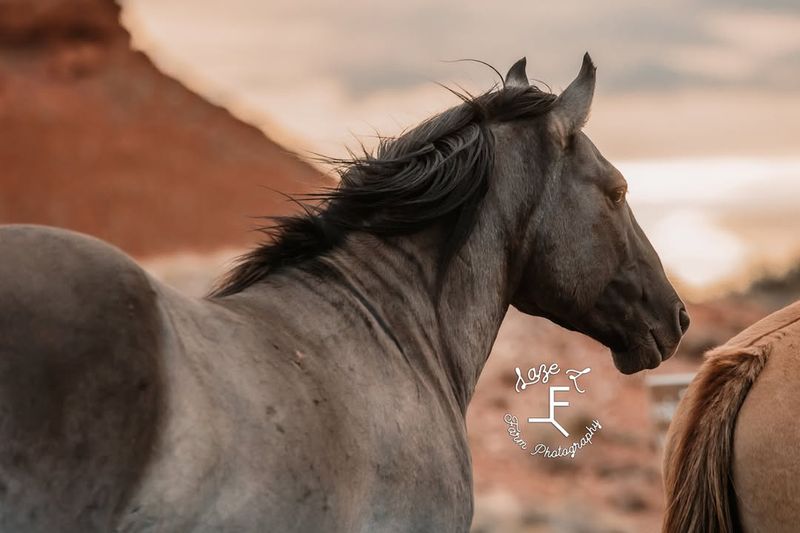
Amidst the rugged beauty of the Pryor Mountains in Montana, the Pryor Mountain Mustang roams free and wild. These horses are descendants of Spanish mustangs and have adapted to the harsh environment of the mountains over generations.
Known for their surefootedness and endurance, Pryor Mountain Mustangs represent a unique genetic lineage crucial to the diversity of North American horses. Yet, their existence is threatened by habitat loss and competition for resources.
Conservation efforts are in place to protect these mustangs through habitat preservation and public awareness. The Pryor Mountain Mustang is not just a horse; it is a symbol of the untamed spirit of the American West. By supporting conservation initiatives, we help ensure that these wild horses continue to inspire awe and admiration for generations to come.
14. Galiceño Horse
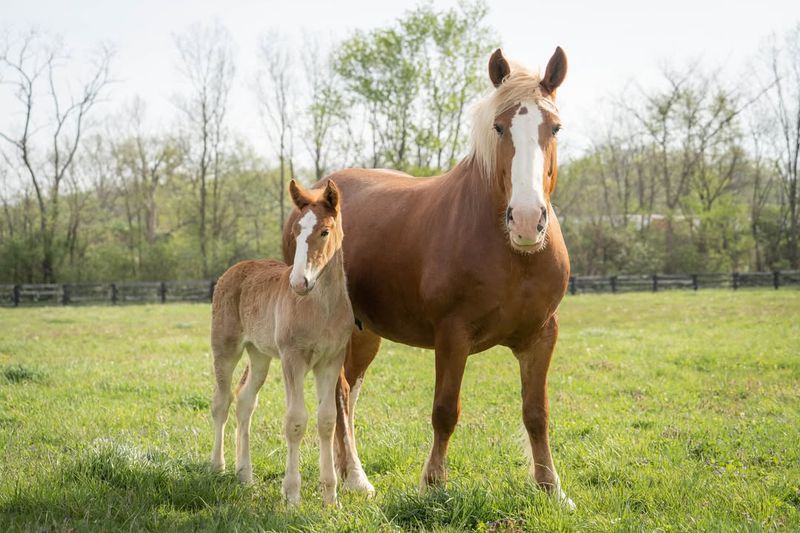
The Galiceño horse, a pint-sized powerhouse from Mexico, exudes charm and agility. These horses, with their compact build and spirited nature, have been a part of Mexican culture for centuries.
Despite their small stature, Galiceños are known for their endurance and versatility, making them excellent companions and workers. However, habitat loss and modern developments have put them at risk.
Conservation efforts are focused on preserving this breed through breeding programs and habitat restoration. The Galiceño horse is more than just a pony; it is a living symbol of Mexico’s rich equestrian heritage. Supporting their conservation ensures that these charming horses continue to enchant and serve future generations. By preserving them, we honor a unique part of Mexico’s cultural and natural history.
15. Skyros Pony
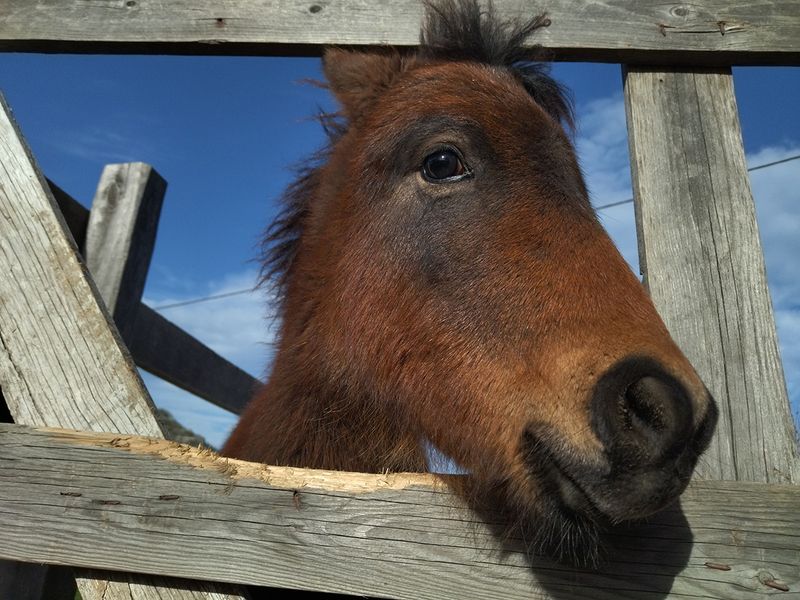
On the picturesque Greek island of Skyros, the Skyros Pony roams with an air of ancient wisdom. These small yet sturdy ponies have been an integral part of Greek life for centuries.
Known for their resilience and adaptability, Skyros Ponies have been used for agricultural work and transportation on the island’s challenging terrain. However, habitat loss and modernization have threatened their existence.
Conservation efforts aim to protect these ponies through breeding programs and environmental preservation. The Skyros Pony is not just a working animal; it is a symbol of Greece’s enduring cultural legacy. Supporting their conservation ensures that these unique ponies continue to thrive in their homeland. By preserving them, we contribute to the biodiversity of the Mediterranean and honor a rich equestrian tradition.
